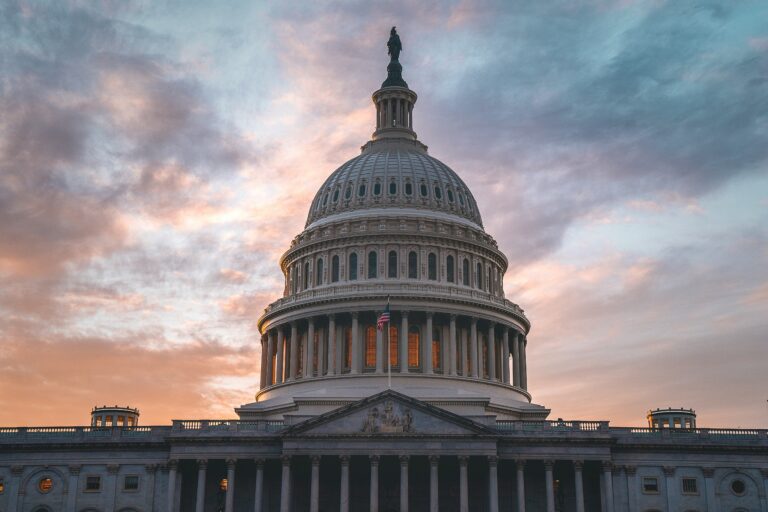During our July 31 webinar, Anna Edwards and Marguerite Roza reminded listeners of the old adage: “The President proposes and Congress disposes.” The same day, the United States Senate made them look prescient.
The Senate Appropriations Committee advanced its FY 2026 Labor, Health and Human Services, Education, and Related Agencies (LHHS) funding bill, rejecting many of the steep education cuts proposed in the President’s budget request.
The markup suggests that the Senate version of the LHHS bill is not likely adopt the K‑12 Simplified Funding Program block grant. The bill also preserves funding for the Institute of Education Sciences (IES) and the Office for Civil Rights (OCR)—both slated for elimination under the President’s FY 2026 proposal. It does not include cuts to max Pell.
The bill further includes prohibitions to prevent future funding delays or transfers, as has made headlines over the course of this past month:
- Explicitly instructs ED to make formula funds available beginning on July 1, 2026
- Prohibits ED from transferring Title I, Part A or IDEA to another federal department or agency.
Here’s a breakdown of what we know so far—and how the Senate’s position compares to both FY25 funding levels and budget proposals.

Key Takeaways:
- Increases to Title I-A, Maintaining IDEA: The Senate markup does not adopt the administration’s proposed reductions to Title I (supporting low-income schools) or consolidation of certain IDEA programs (special education).
- ESEA Programs Maintained: The Senate did not include the simplified formula block grant and instead continued level funding for all ESEA programs by Title.
- Preschool Development Grants Preserved: Despite the President’s proposal to eliminate them, bipartisan support maintains the funding. The bill also provides increases for other early childhood federal programs, including:
- $8.8 billion for the Child Care and Development Block Grant (CCDBG), an $85 million increase over fiscal year 2025.
- $12.3 billion for Head Start, an $85 million increase over fiscal year 2025.
- Maximum Pell: The Senate included a maximum Pell Grant award of $7,395, rejecting the President’s $1,000 proposed cut.
- Job Corps remains funded: The Senate rejected the President’s proposed elimination of Job Corps funding, citing workforce needs, and included sustained funding for TRIO and GEAR UP.
- Support for career and technical education (CTE): While details remain limited, committee members emphasized the importance of expanding pathways to postsecondary success.
- Bipartisan pushback: Senate leaders, including Subcommittee Chair Sen. Shelley Moore Capito (R-WV) and Ranking Member Sen. Tammy Baldwin (D-WI), framed the markup as a bipartisan defense of foundational education programs—especially in the face of proposed cuts that would disproportionately impact vulnerable students.
Stay tuned: We’ll provide a deeper dive into the education funding tables as soon as they are released.




